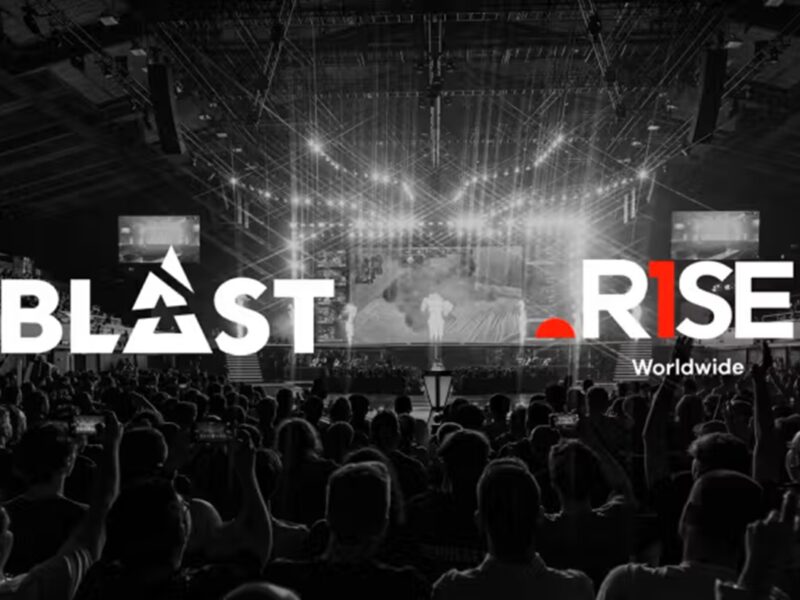The pandemic has been an unprecedented, highly disruptive black swan event for nearly every business and industry. However, it has also provided organisations an opportunity to pause and take stock of their long-term digital transformation plans – and the needs driving today’s remote working culture. According to figures recently released by IDC, SME spend on IT will exceed $676 billion this year.
From multinationals to SMEs, organisations today are facing tremendous pressure to manage costs, streamline operations and to fast-track innovations. CTOs are seeking solutions that require agility and flexibility as they bid to accelerate their digitalisation journey, and require an intelligent foundation for virtualised environments that automatically speeds time to market and eliminates complexity.
Hewlett-Packard Enterprise’s next-generation hyperconverged infrastructure (HCI 2.0) is an intelligent platform that disaggregates compute and storage and integrates hyperconverged control to simplify IT management by leveraging a flexible architecture. Powered by HPE InfoSight, it provides organisations with ultimate simplicity for their virtualised environments with fast app performance, always-on data resilience and resource efficiency.
Here are six ways HCI 2.0 could be useful for companies looking to modernise their IT environments:
It’s intelligent and simple
HCI 2.0 leverages AI to predictively and proactively monitor an organisation’s infrastructure, fixing issues before they become problems. Equipped with HPE InfoSight’s AI capabilities, HPE’s HCI 2.0 optimises everything, all using a single pane of glass management. It is easy and simple to deploy as configurations are automated and can be completed in just 15 minutes. It is also integrated with VM-centric data services and resource management, making it simple to manage.
Offers more value for investment
Enterprises can expect a better total cost of ownership with an intelligence-driven HCI as it prevents overprovisioning. It brings data and operational costs down without significantly disrupting business operations.
Increases productivity
Armed with predictive analytics, HCI 2.0 enables organisations to streamline their IT operations. It eradicates time-wasted on mundane, routine tasks and firefighting, enabling enterprise IT teams to put their focus on developing innovations that will drive the business.
Consolidates workloads
With an intelligence-driven HCI, workloads can be consolidated into a unified infrastructure without sacrificing reliable performance. By consolidating workloads enterprises can operate within a smaller footprint while boosting their efficiencies and getting more value from their current resources.
Enables flexibility and scalability
HPE HCI 2.0 scales compute and storage independently, making sure that resources are not wasted. Enterprises can scale depending on their specific needs to bolster their IT systems and ensure business continuity.
Additionally, with its AI-driven capabilities, HCI 2.0 can automatically detect existing servers and seamlessly integrate new resources into the current environment for easy management.
Highly resilient
HCI 2.0 allows IT teams to define the minimum and maximum performance requirements for each workload, ensuring that all systems maintain an optimum level of performance. With HPE HCI 2.0, enterprises can expect 99.9999 percent storage availability, and there is no single point of failure. It has the ability to tolerate three simultaneous drive failures while enabling faster and more frequent backups with application-consistent snapshots and advanced replication.








